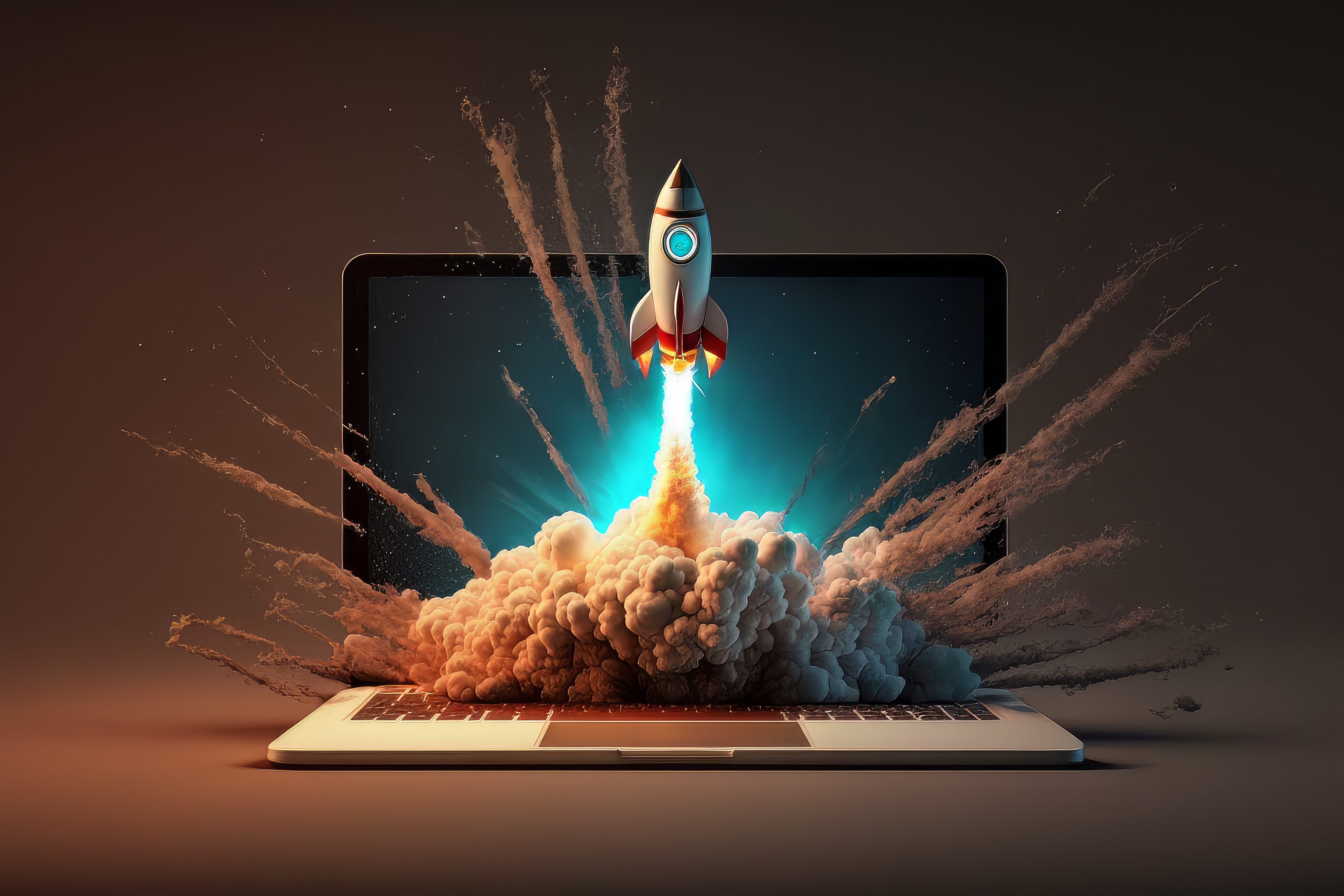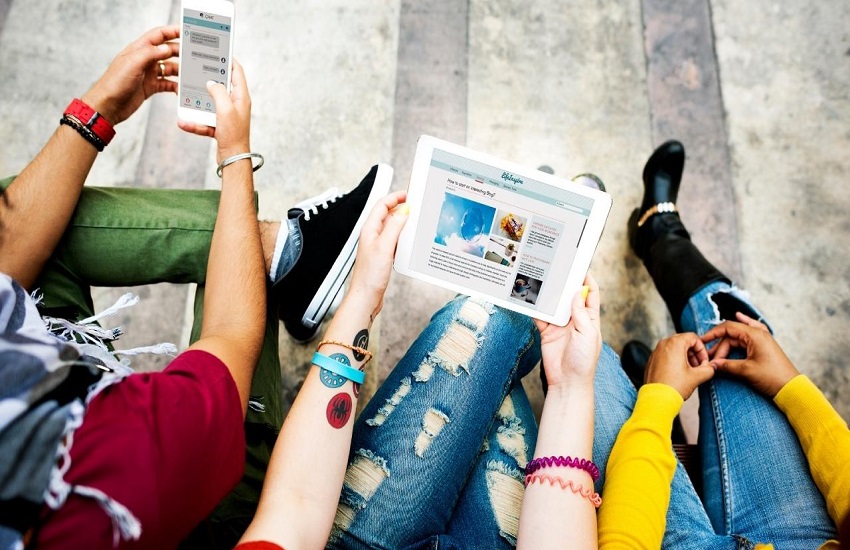The power that drives business growth is customer loyalty. But loyalty is not a one-time investment, a campaign strategy, or an event you sponsored. Customer loyalty is gained through constant attention to changing customer needs and wants, being there where they are, and providing a better service experience than any competitor.
Technology enables and makes it easier to create a meaningful relationship with the customer, even though it is easier to plan than execute. This is primarily because technology alone can keep up with changing customer needs and preferences.
Demonstrating loyalty is how you get customer loyalty. But what is the most effective way to show your customers that your primary goal is to cater to their success?
Change with your changing customer
According to a Salesforce survey of 15,600 consumers and business buyers globally, 80% of customers now consider the experience a company provides as essential as its products and services.
Fast-moving AI technologies now deliver personalized, intimate, and instant experiences. As a result, customers have more choices than ever to try new products, even if vicariously via influencers and product videos.
We said that it is easier said than done: In the same Salesforce survey, more than half of consumers felt that they are generally treated like numbers rather than understand their unique needs and expectations. For example, retail is one of the most consumer-focused sectors, yet it often falls short of customer expectations.
Go beyond the product and understand the person. Show them that you are loyal to them by solving their problems and accounting for their challenges. During the pandemic, supermarkets and other essential industries’ customer service is an excellent example of how businesses should go beyond their usual efforts to ensure their customers are safe and happy to do business with them.
Commitment to consumer success should underpin every product and strategy. Anticipate the changing customer needs, patiently listen to them, and act quickly. This may mean, such as we have seen during the pandemic, a complete change in supply lines and product offerings to match the changing times.
Connect and Empathize
Your company is made of people. Your consumers are people. Yet corporate communication often sounds unauthentic, lazy, and jargon to the public. And the people are quick to pick it out when you are not being true to your words.
In a series of experiments, researchers found that people easily suspect greenwashing or fake claims about sustainability when an energy company invests in environmental measures. However, when a corporate acknowledges economic motives instead of environmental motives for such investments, people are less suspicious of corporate greenwashing. This is mainly for people who generally trust organizational communications.
People will remember the times when you expressed empathy and gratitude to your customers for continued business with you even during their and your tough times. That short email after a buy, a greeting on a birthday, and a friendly reminder—all enabled through technology—can go a long way in gaining customers’ loyalty.
But they will also remember when they did not get good customer support, an easy product replacement, a simple reimbursement, or a promo code directed to them that doesn’t work. It is challenging to attract and maintain customer attention and trust. At the same time, it is very easy to break it.
Be quick in solving customer problems
According to Microsoft CEO Satya Nadella, “We’ve seen two years’ worth of digital transformation in two months.” A recent McKinsey report finds that e-commerce has seen ten years’ of growth in three months!
According to the same McKinsey report, 75% of US customers tried different brands, stores, and websites during the pandemic, and 60% say they expect to be loyal to these new brands after the pandemic too.
China, in particular, has several years and decades of digital transformation taking place in a matter of months. Technology-first brands quickly responded to changing customers’ needs and captured the lion’s share of the industry value. Consumers in China, particularly the young, have become more conscious about health and the environment.
The pandemic has created winners and losers in business, for better or worse. It is reported that between December 2018 and May 2020, the top quintile of companies companies grew by $335 billion, while companies in the bottom quintile lost $303 billion. Semiconductors, pharmaceuticals, personal products, software, technology hardware, media, and telecommunications were the biggest winners, while energy, utilities, and banks were the biggest losers in market value.
They say that effort gets you sympathy, but results get you rewards. It is no more accurate than your brand’s ability to deliver. Home deliveries, curbside pickups, click and collect, and extended hours of shopping are some of the ways that were enabled by the technology that helped businesses deliver to their customers during the pandemic. This has created a ceiling effect in terms of customer expectations.
If you fail to get customers’ loyalty, it is probably because you were unable to deliver your ideas in ways that meet public needs and expectations. Reach out to us to explore how IMS can transform your business. We will help you be a business in the top quartile by ensuring that your technology meets people’s needs and values and not just products.



